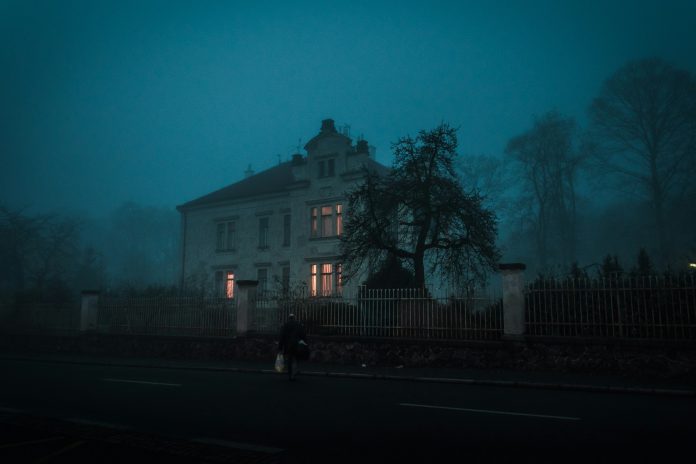
Across the country, movie theatres are observing an unexpected phenomenon: audiences are flocking to horror films in record numbers. Once a niche genre relegated to October nights, horror has clawed its way back into the mainstream. And this year, it’s both scarier and more successful than ever. Two titles at the center of this resurgence include “The Conjuring: Last Rites” and the enigmatic “Weapons,” both of which are not only drawing critical buzz but are also dominating the box office.
“The Conjuring” universe, launched in 2013 by director James Wan, has become one of the most successful horror franchises in cinema history. With the latest installment “Last Rites,” Warner Bros. brings the chilling saga of Ed and Lorraine Warren to its final chapter. Directed by Michael Chaves, “The Conjuring: Last Rites” promises a more personal, haunting experience as it dives deep into the Warrens’ most dangerous investigation yet. Critics have praised its return to atmospheric dread, focusing on psychological terror and world- building over cheap jump scares.
Many fans seem to agree. “Last Rites” debuted to a $194 million opening weekend internationally (Variety: Film) and topped streaming charts within days of its digital release. This was evident through my experience in an almost sold-out theatre, where I, along with many others, remained glued to the screen for over two hours, a chorus of screams echoing across the theatre throughout the movie.
While “The Conjuring” franchise successfully continues its established supernatural tropes, “Weapons,” the new horror thriller from director Zach Cregger, takes a different approach. The film tells the story of 17 kids who vanish at the same time on the same night, playing with several different elements of the genre, fusing horror, science fiction and existential dread, with bits of dark humor throughout. Led by Pedro Pascal and rising horror star Renate Reinsve, Weapons had already garnered a cult-like following before its wide release in the fall and 94% Rotten Tomatoes score from critics.
The movie’s use of multiple perspectives was effective in narrating the grief and pain of a small American town. Its creativity is refreshing in a film landscape dominated by sequels and reboots. Cregger’s incorporation of silence into the film certainly worked to enhance the terror.
It’s no coincidence that horror is booming right now. In a world still navigating post-pandemic uncertainty, political division and digital overload, horror has offered audiences a cathartic release for its audience. Horror’s enduring popularity in uncertain times underscores its dual function: it not only entertains us but also provides a space for us to grapple with contemporary anxieties. In other words, audiences seek out horror not just for the thrill but for the opportunity to confront our fears during moments of collective unease.
The horror genre has always been a special part of the American cultural landscape, but it appears to be making a comeback in the post-pandemic world. Whether this will continue into the future remains to be seen, but it’s evident from the collective buzz that audiences are rediscovering the power of a good scare.
